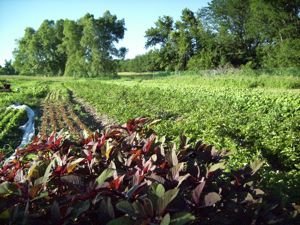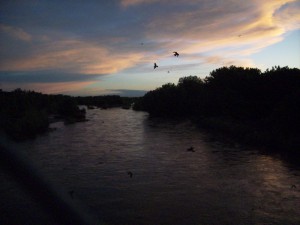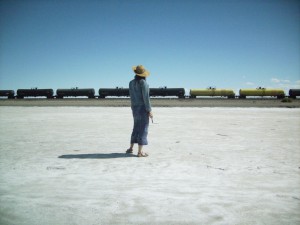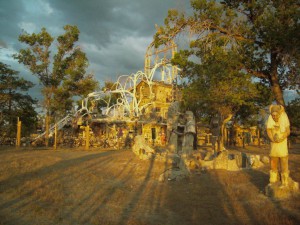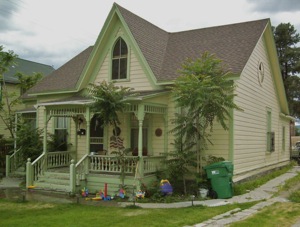We had a long talk with Christine, the owner of the bed and breakfast where we stayed last night. She told us about a program she was involved in creating some years ago, an after school program for Latino/a high school youth, designed to help children of recent immigrants stay in school; it has since evolved, and now has the young people involved in creating video documentaries.
Not long after leaving the bed and breakfast, we saw an Amish horse and buggy driving across an overpass above us. I knew that the Amish were in other parts of Indiana — my sister sees them regularly in eastern Indiana where she lives — so I shouldn’t have been surprised to see them in this part of the state.
Since reaching the outskirts of Chicago yesterday, I’ve noticed a definite increase in the aggressiveness, and decrease in courtesy, of motorists. It was even more pronounced today. Nor is it simply a matter of urban vs. rural drivers, because the drivers in the empty spaces of Interstate 90 through Indiana and Ohio are just as nasty as the drivers near Chicago. People in California complain about the bad drivers there, but the worst Bay Area drivers strike me as more polite than most eastern drivers. Consider this a cultural boundary dividing the West from the East.
By now, the scenery is more familiar to me; I’ve taken the Lakeshore Limited train along this same route several times, and driven it several times. The green rolling fields and woodlands of northern Indiana and Ohio; the suburban and urban areas around Cleveland; the occasional glimpses of Lake Erie; the vineyards of northwestern Pennsylvania — all these look familiar, and their familiarity meant that I didn’t particularly notice them. Instead, Carol and I listened to an audio recording of Anthony Trollope’s The Belton Estate. The uncertain course of Clara Amedroz’s love; the miscalculations of her lovers Will Belton and Frederic Aylmer; the querulous anger of Clara’s father; the surprising will of Mrs. Winterfield, which Mr. Amedroz proclaimed to be “wicked, very wicked”; all this captured my attention rather than the scenery.
We arrived in Fredonia, New York, where we’re spending the night, at about seven. We’re in an old hotel in the village center, and we wandered around a little bit before we sat down to eat. Fredonia has a town green with churches clustered round it, a Main Street with old substantial-looking brick and stone buildings, and tree-lined streets with comfortable modest houses. Carol said that it looked like a town in the northeast. It’s clear that we are getting ever closer to New England.

